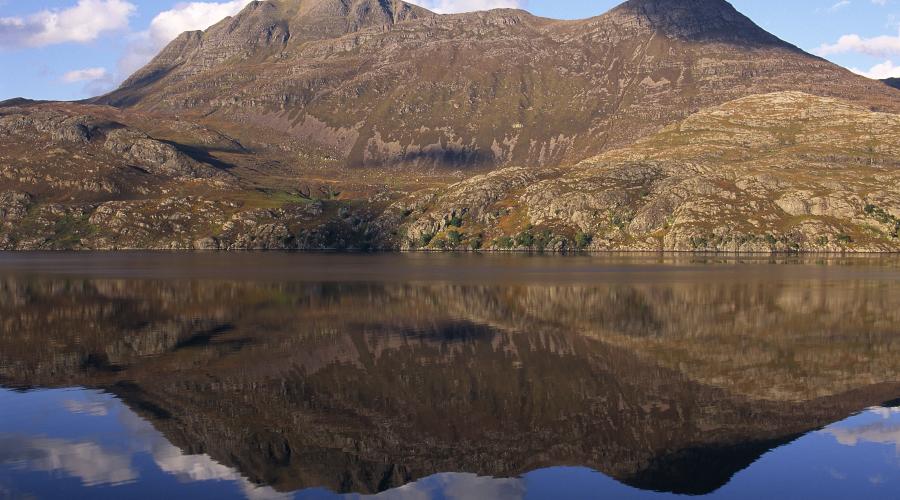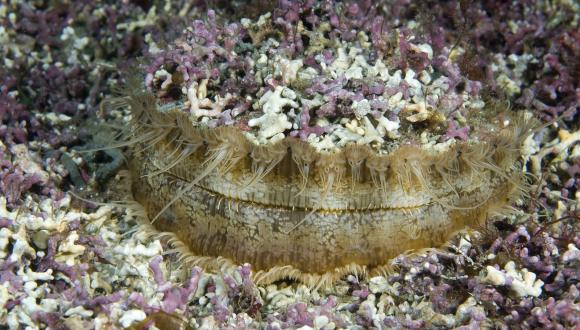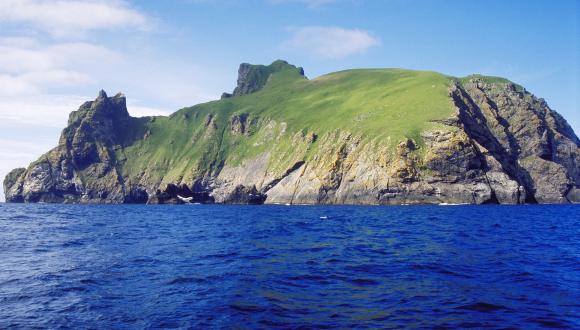
Biosphere reserve
Biosphere reserves provide models for how we can live with nature and use resources for the well-being of people everywhere.
Scotland has two biosphere reserves:
- Wester Ross Biosphere Reserve (formerly Beinn Eighe)
- Galloway and Southern Ayrshire Biosphere Reserve
The former reserve was extended in 2016 and the latter in 2012 by the United Nations Educational, Scientific and Cultural Organization (UNESCO). The much enlarged sites now reflect the changed criteria and purpose of the designation.
Read about the aims for each of the three zones that make up a biosphere reserve on the UNESCO website.
Designation
Biosphere reserve is a non-statutory designation made by UNESCO under its Man and the Biosphere Programme, launched in 1971.
Selection
Any community or organisation can propose a new biosphere reserve. Proposals are made to UNESCO via the Scottish Government or the UK Government’s Department for Environment, Food and Rural Affairs.
UNESCO considers all proposals, and it reviews existing sites every five years.
The community where a biosphere reserve is proposed is responsible for setting up and managing the reserve.
Protection and management
Biosphere reserve designation helps to promote the integrated and sustainable management of an area.
To achieve this, two approaches must be applied:
- the use of a zonation approach with a protected core area and a buffer area within which sustainable development may be promoted
- participation of the local community






